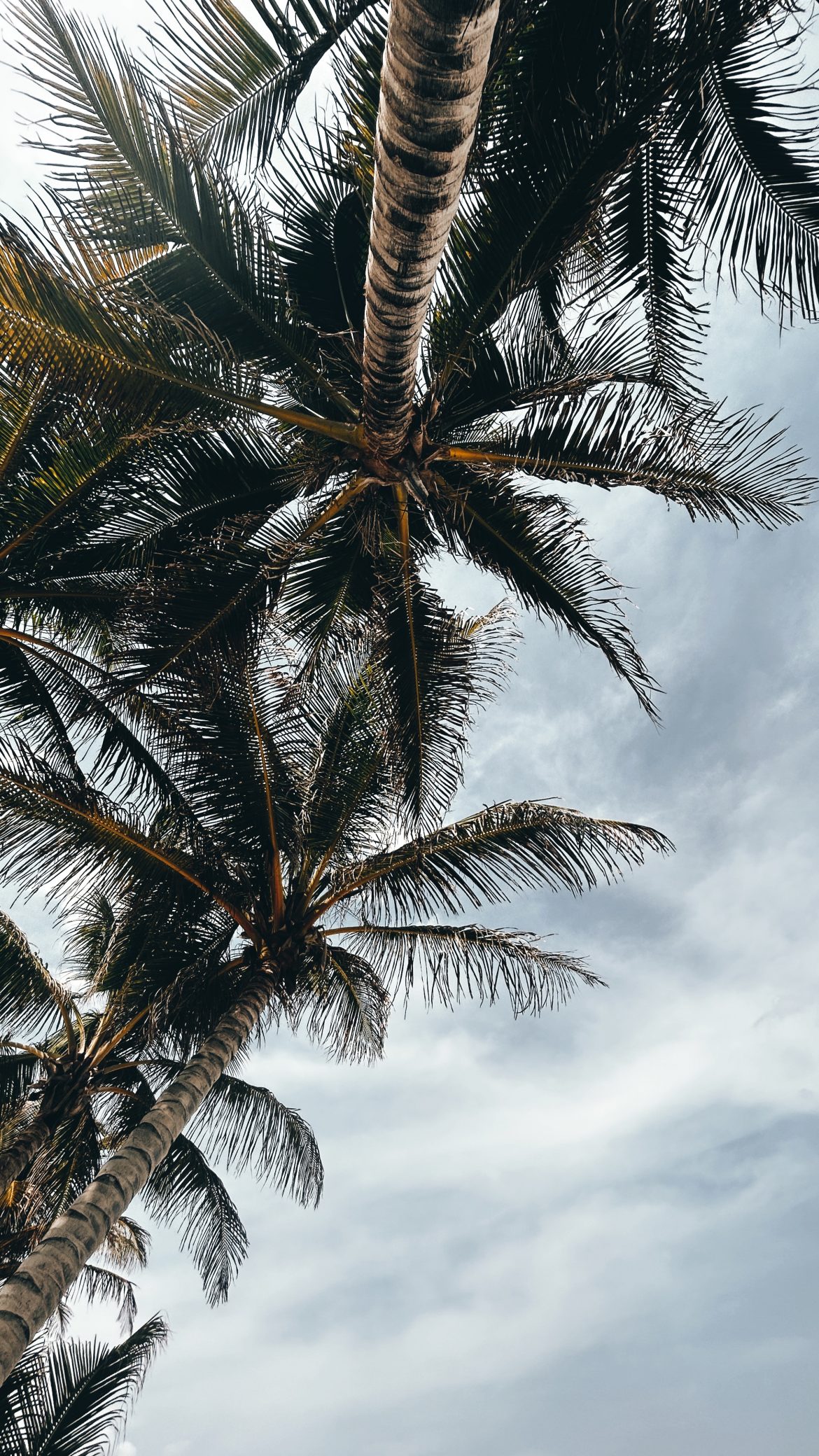In the age of independence, self-worth, and intentional living, one of the most powerful financial moves you can make is establishing a freedom fund. It’s not just about money—it’s about choice, power, and peace of mind. Whether you’re navigating career changes, relationships, or life’s unexpected turns, a freedom fund gives you the ability to walk away from what no longer serves you and into something better.
Here’s why a freedom fund matters—and how you can start building one today.
What is a freedom fund?
A freedom fund is a personal savings stash designed specifically to give you the ability to choose freedom over fear. It’s not the same as an emergency fund (though similar in spirit)—this one is emotionally charged, deeply personal, and rooted in self-preservation and future possibility.
Think of it as your “just in case I need to leave” fund:
-
Just in case your job becomes toxic.
-
Just in case your relationship no longer aligns.
-
Just in case you want to take a break, pivot careers, or move cities.
-
Just in case you want to rest and reset without financial pressure.
It’s your financial safety net with intention.
Why a freedom fund is important
-
It grants you choices
When you have money saved, you get to choose what’s next—not be pushed into a corner. You don’t have to tolerate unhealthy environments just because you can’t afford to leave. -
It builds quiet confidence
Knowing you have a cushion creates a deep sense of calm. You show up differently in your job, relationships, and decisions—because you know you’re not stuck. -
It encourages boundaries
A freedom fund empowers you to say “no” to things that don’t align with your values, because your survival doesn’t depend on pleasing others or playing it safe. -
It supports rest and reinvention
If you’ve ever dreamed of taking a sabbatical, changing careers, or simply stepping back to breathe—your freedom fund can make it possible.
How to start building your freedom fund
You don’t need to be wealthy to start—just willing. Here’s a simple roadmap:
1. Define your goal
Decide how much you need to feel “free.” For some, that’s 3–6 months of basic living expenses. For others, it may be enough to cover a move or a sabbatical.
Start with a round figure: R10,000, R50,000 or R100,000—whatever your version of freedom looks like.
2. Open a separate savings account
This fund should live outside your regular savings. Keep it sacred, untouched, and out of sight. Name the account something personal like “My Exit Strategy” or “Peace Fund” to keep the motivation alive.
3. Contribute regularly
Even R100 or R500 a month counts. Automate a transfer right after payday—treat it like a non-negotiable bill.
Cut down on things you won’t miss: unused subscriptions, impulse buys, takeout meals—and redirect those savings into your freedom fund.
4. Boost it with windfalls
Any unexpected income—bonuses, refunds, cash gifts—should be channelled into this fund. Let your financial wins secure your future freedom.
5. Protect it fiercely
Your freedom fund is not for fashion sales or last-minute getaways. It’s for when life demands real change. Hold the line, and let it grow.
A freedom fund isn’t about running away from life—it’s about designing the one you truly deserve. In a world where uncertainty is constant, being financially prepared means being emotionally and mentally free.
It’s your power, tucked quietly in your bank account, waiting patiently for the day you decide: “I choose me.”
Start small. Stay consistent. And never underestimate the strength of a woman with options.
Your freedom is worth saving for.
ALSO SEE:
How to break bad money habits and replace them smarter financial choices
Feature Image: Dupe Photos

